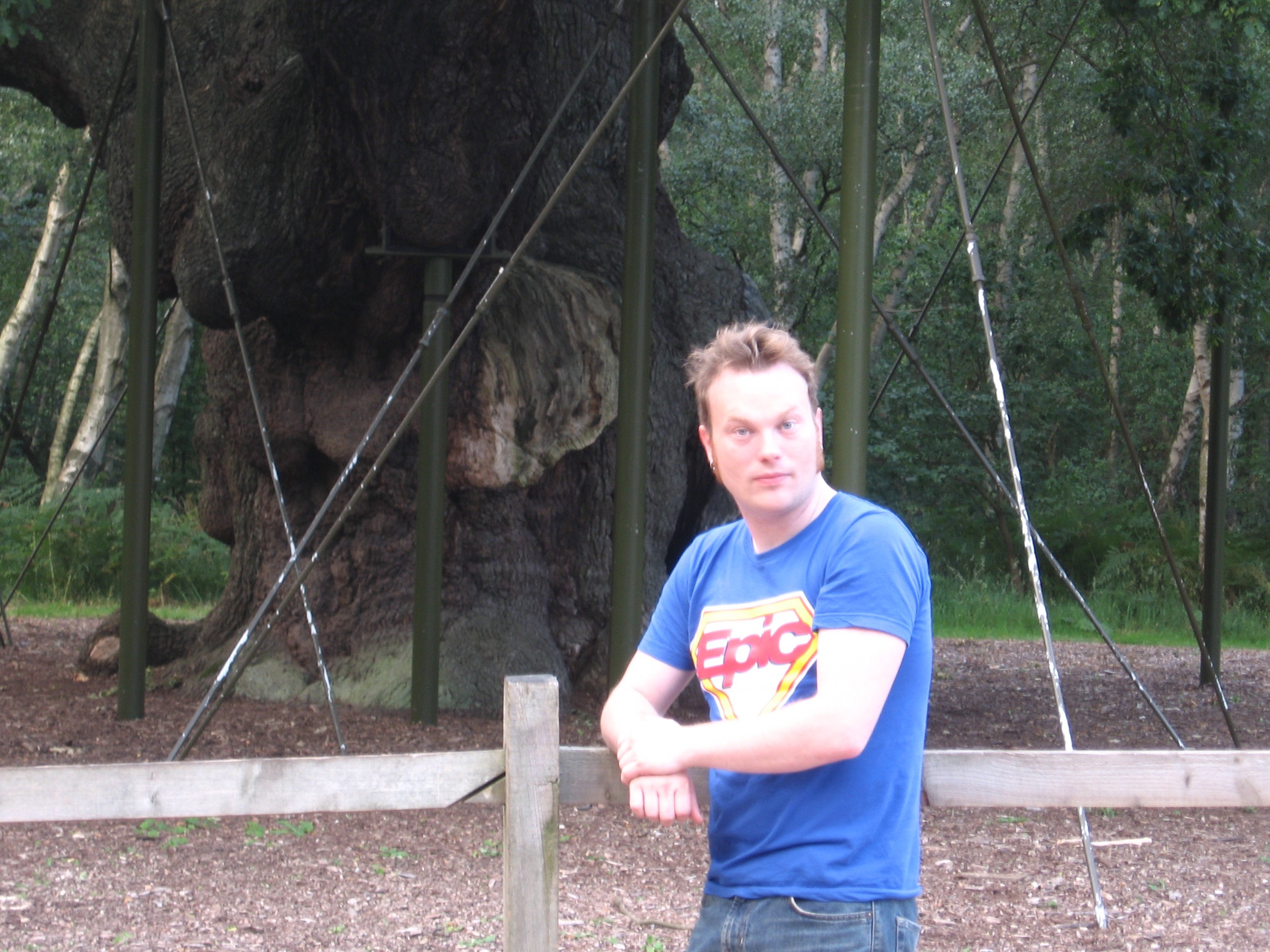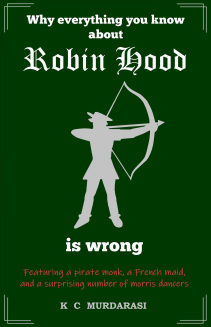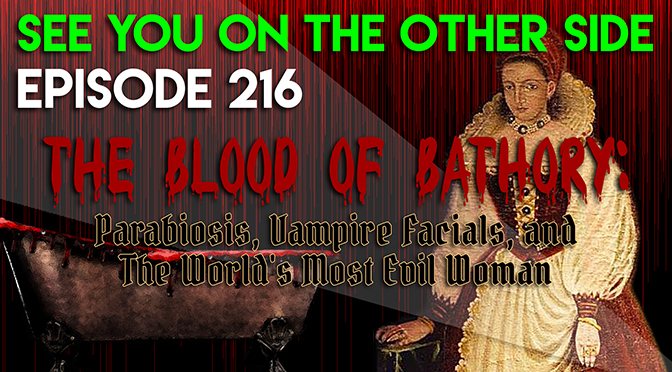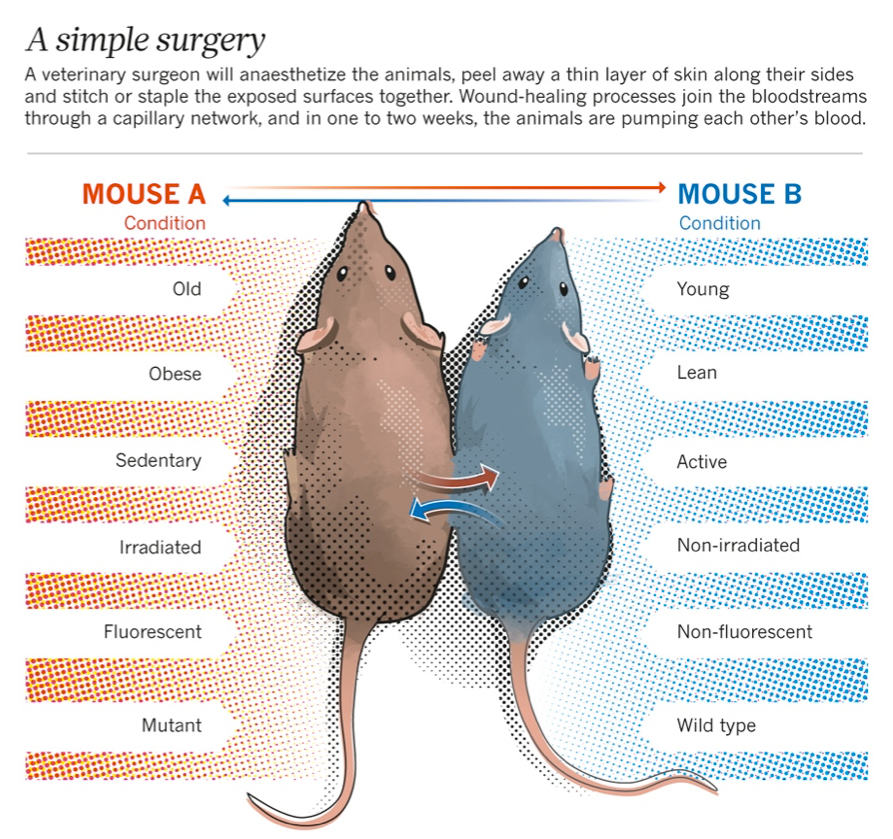Podcast: Play in new window | Download
Subscribe: Apple Podcasts | RSS | More
With a brand new Robin Hood movie coming out this week (which was originally called Robin Hood: Origins, I guess to make it sound like a X-Men movie or something), it’s time to talk about the famous bandit who fought against the tyranny of Prince John in Sherwood Forest and stole from the rich and gave to the poor.

But that’s my version of Robin Hood and there are many. In the new movie, Jamie Foxx plays Robin’s Moorish commander and friend, taking place of Little John. But there wasn’t even a Saracen character (who were the Muslums defending the Holy Land in the Crusades) in the story until the 1980s when he was introduced in the Robin of Sherwood TV series (which also featured an awesome Pagan deer-god, Herne the Hunter.) Now, the fact that Robin Hood has a noble Muslim warrior buddy like Morgan Freeman is baked into the story.

And Morgan Freeman is part of my generation’s record of the story. My Dad’s was Errol Flynn (and to make Kevin Costner feel better, his English accent wasn’t much better, he sounded more Australian than anything else.) But every generation gets a Robin Hood that is suited to the times, the story has changed and adapted with only a couple of constants: the government is corrupt (something that hasn’t changed from the Twelfth Century until today) and Robin Hood likes to hide out in the forest, but it might not even be Sherwood Forest!
Author K.C. Murdarasi has just released a book Why Everything You Know About Robin Hood Is Wrong that details even though the tales take real figures like Richard The Lion-Hearted or King John and real places like Yorkshire and Nottingham. why our version of the story has no real basis in any kind of historical fact. We talk with her and discover:
- When Robin Hood became a nobleman
- When he started stealing from the rich
- Who he could have been historically
- Where Maid Marian came from (She’s French, what?!)

There’s also a paranormal element to Robin Hood’s legends and we cover these topics as well:
- Robin Hood’s ghost at his “grave” in Yorkshire
- The “ghost picture” of Robin Hood from 2017
- You can stay overnight and go on a ghost hunt in the Robin Hood Legacy “Experience” in Nottingham
- Was Robin from Yorkshire or Nottingham? Even the British don’t know, but they’ll argue about it!
- The Normans vs. Saxons conflict didn’t come about until the 19th Century, and did you know the Normans were freaking Vikings?
- Did the Ghost Hunters find anything when they visited Nottingham’s Galleries of Justice?

For the song this week, we thought we’d take a Robin Hood ballad from the Seventeenth Century when songs were presented in large one-sheet broadsides, which are proto-newspapers that were developed after the printing press was invented. They would have news and ballads and were sold for a penny a piece. Often the songs would tell the tales of highwaymen and robbers who were about to be executed, but they also featured great heroes and legends like Robin Hood.
These broadsides were all collected by an American historian in the 1800s, Francis Child. He wanted to save the folk ballads of England and Scotland. Today, we’re singing an abridged version of one of the ballads, “Robin Hood And The Butcher”, where Robin pretends to be a butcher to lure the Sheriff of Nottingham into Sherwood Forest so then he can rob him. He even makes a “say hi to your wife” joke at the end!
You can take a look at the original broadside right here!
Come, all you brave gallants, and listen a while,
With he down, down, an a down
That are in the bowers within;
For of Robin Hood, that archer good,
A song I intend for to sing.
Upon a time it chancëd so
Bold Robin in forrest did spy
A jolly butcher, with a bonny fine mare,
With his flesh to the market did hye.
‘Good morrow, good fellow,’ said jolly Robin,
‘What food hast? tell unto me;
And thy trade to me tell, and where thou dost dwell,
For I like well thy company.’
The butcher he answered jolly Robin:
No matter where I dwell;
For a butcher I am, and to Notingham
I am going, my flesh to sell.
Now Robin he is to Notingham gone,
His butcher’s trade for to begin;
With good intent, to the sheriff he went,
And there he took up his inn.
When other butchers they opened their meat,
Bold Robin he then begun;
But how for to sell he knew not well,
For a butcher he was but young.
When other butchers no meat could sell,
Robin got both gold and fee;
For he sold more meat for one peny
Than others could do for three.
The butchers they stepped to jolly Robin,
Acquainted with him for to be;
‘Come, brother,’ one said, ‘we be all of one trade,
Come, will you go dine with me?’
But when to the sheriff’s house they came,
To dinner they hied apace,
And Robin he the man must be
Before them all to say grace.
‘This is a mad blade,’ the butchers then said;
Saies the sheriff, He is some prodigal,
That some land has sold, for silver and gold,
And now he doth mean to spend all.
‘Hast thou any horn-beasts,’ the sheriff repli’d,
‘Good fellow, to sell unto me?’
‘Yes, that I have, good Master Sheriff,
I have hundreds two or three.
‘And a hundred aker of good free land,
If you please it to see;
And I ‘le make you as good assurance of it
As ever my father made me.’
The sheriff he saddled a good palfrey,
With three hundred pound in gold,
And away he went with bold Robin Hood,
His horned beasts to behold.
Away then the sheriff and Robin did ride,
To the forrest of merry Sherwood;
Then Robin he set his horn to his mouth,
And blew but blasts three;
Then quickly anon there came Little John,
And all his company.
‘What is your will?’ then said Little John,
‘Good master come tell it to me;’
‘I have brought hither the sheriff of Notingham,
This day to dine with thee.’
Then Robin took his mantle from his back,
‘I hope he will honestly pay;
I know he has gold, if it be but well told,
Will serve us to drink a whole day.’
Then Robin took his mantle from his back,
And laid it upon the ground,
And out of the sheriffe[‘s] portmantle
He told three hundred pound.
Then Robin he brought him thorow the wood,
And set him on his dapple gray:
‘O have me commended to your wife at home;’
So Robin went laughing away.





